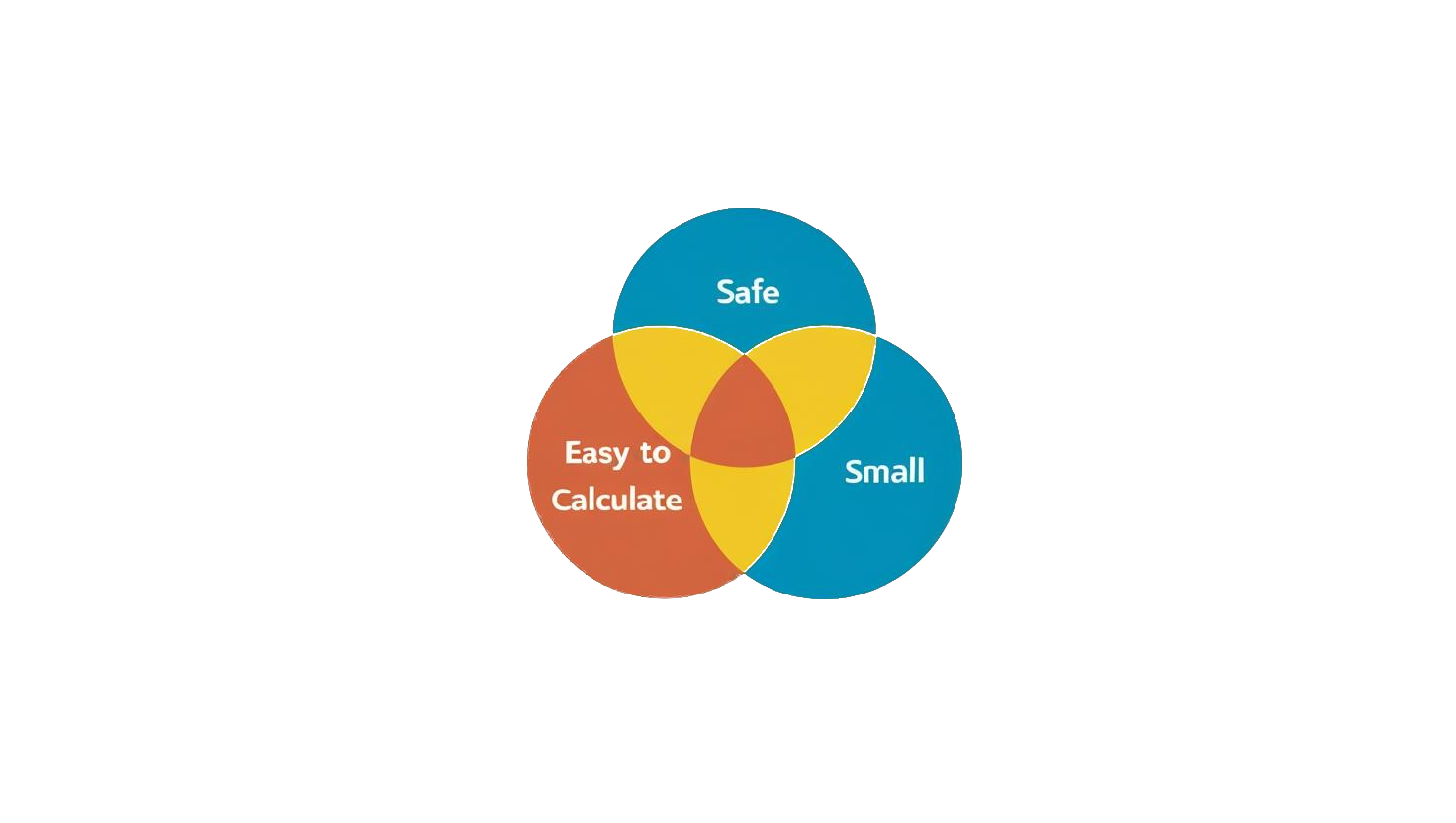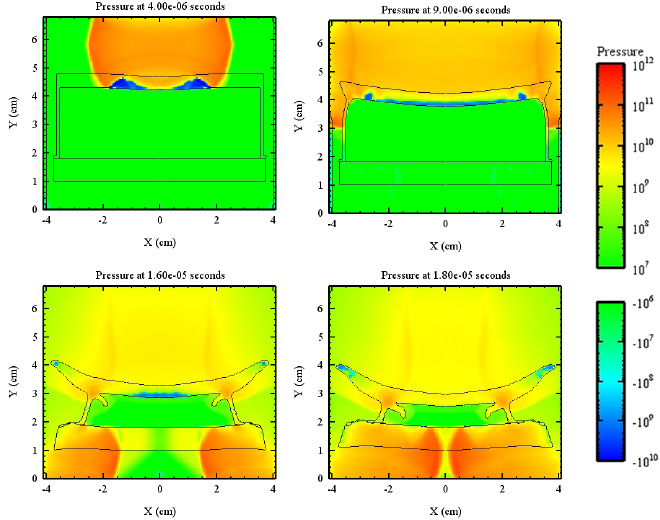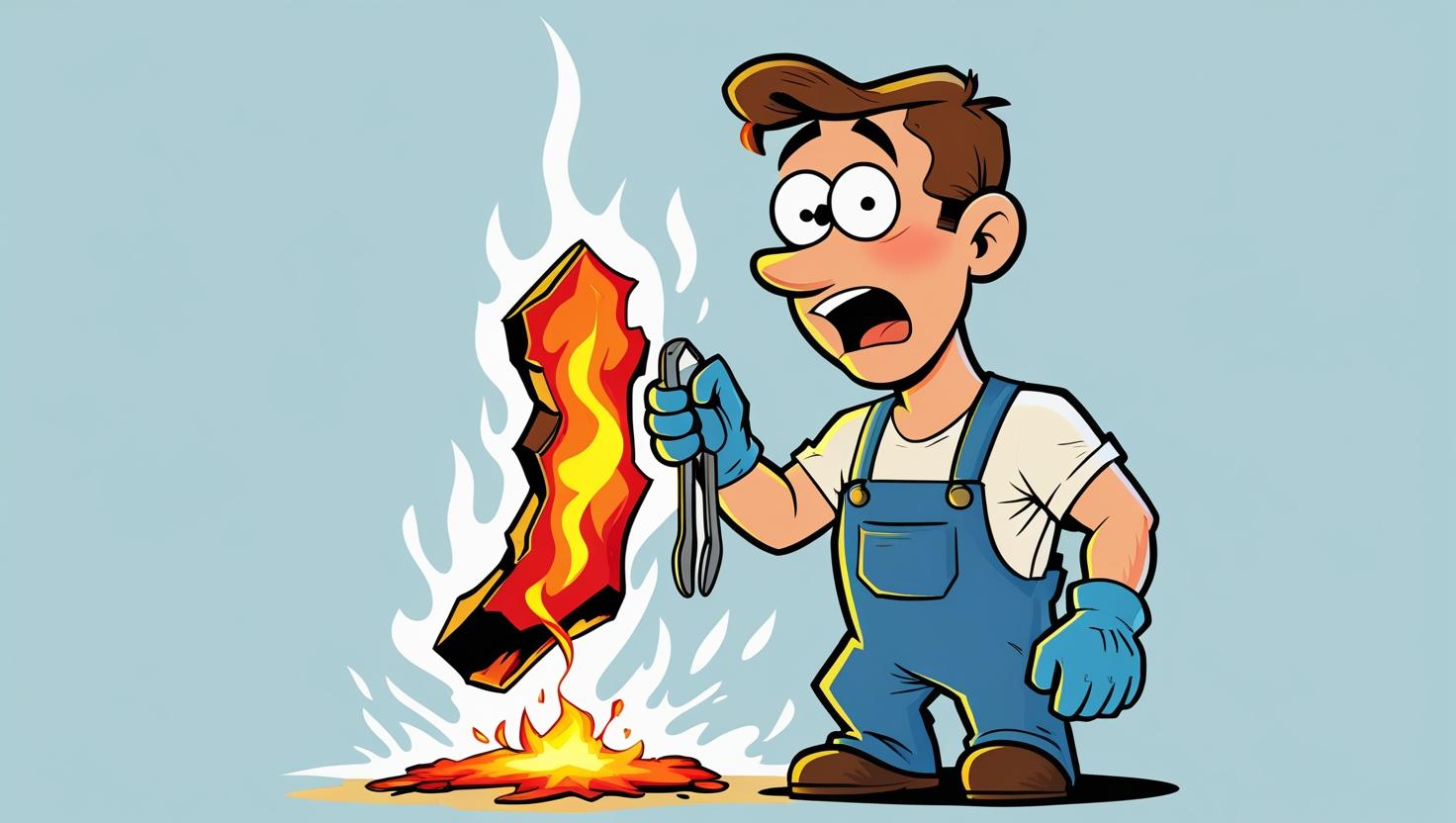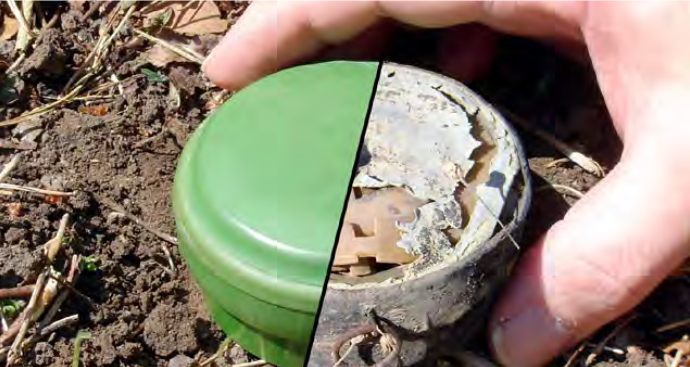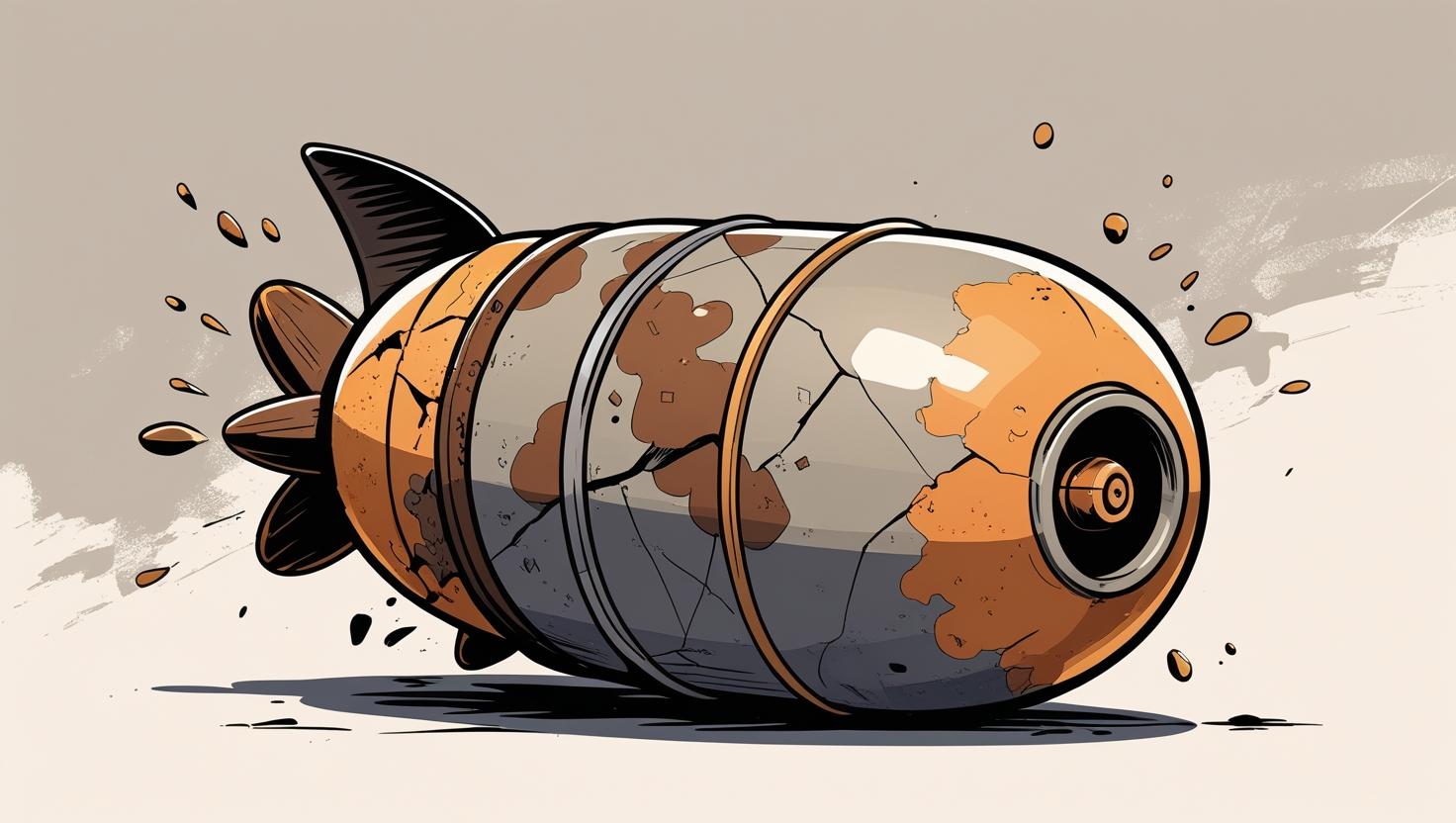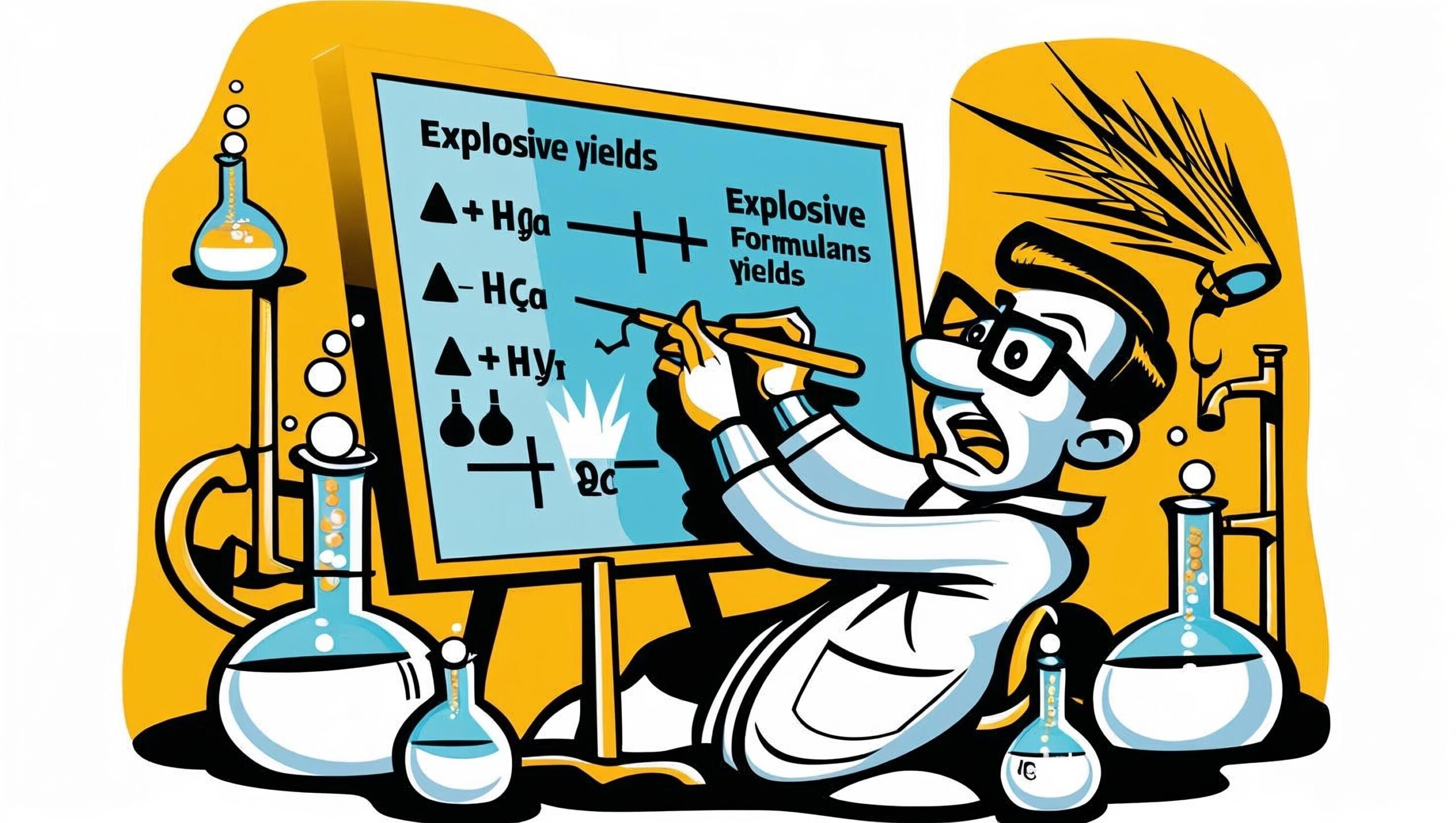Posts
-
All the X Ray Info You Need from A-C Shot
The best practice when x-raying a suspect item is to get all the angles: back to front (A-C), side to side (B-D), top to bottom (E-F) shots. Sometimes these shots are hard or impossible to get safely and it is important to ask: what information can we get if we stick to only an A-C…
-
All Improvised Explosives Have Power Sources
Given that improvised explosive devices can be made in as many ways as the bomb maker can imagine, it is useful to try and breakdown what components make up an IED. A few acronyms get used regularly: PIES, SPICE, and PIECES are the most common ones. They are broken down as: The bare minimum is…
-
Safety Distance Calculations
For safety calculations to be done in the field, we need to balance ease of calculation with actual minimum safe distances. We can always use naïve equations that create enormous safety ranges which, whilst safe in the sense that there is no risk from blast or fragmentation from the munition/device in question, are too burdensome…
-
Shock Waves are Faster Sound Waves
Probably the most important fact to know about a shock wave is that it is the same kind of wave as a sound wave. When you hear a sound, what you are hearing is the pressure of the air going up and down in some pattern particular to that sound. This pressure gets to your…
-
Waveshaping: More Shock for Your Waves
When we use explosives, there are two features that military engineers leverage in particular: the blast and brisance. The blast effect is used to “push” and the brisance effect is used to shatter. Blast effects are carried out by the large volume of hot gases that expand out from the explosive so using a large…
-
Why does frag get hot?
Everyone that has picked up a fragment of metal from ordnance that has just been blown up has found it to be searing hot. One reason that this happens is that the gases produced by the explosive reaction are very hot, which is certainly true, but it is not the main reason that frag gets…
-
What changes as explosive ordnance gets old?
We have previously discussed how susceptible different components of a munition are to ageing. What we will now move forward with is more specifically how the munition can fail as a whole, and what it means for an EOD operator. The three main failure points relevant to the EOD operator are failure of the casing,…
-
How does explosive ordnance age?
As soon as EO is produced, it begins to age and degrade. Certain components, such as stabilisers in propellants, degrade relatively quickly, whereas others, like thick‑cased projectiles designed to endure extreme firing forces, can remain robust for a long time. The exact speed and nature of the ageing process depend on the construction of the…
-
Does knowing the chemical structure tell us anything useful about an explosive?
You can calculate a lot about an explosive, relatively accurately, by just knowing its chemical structure. I will describe the steps that you would need to take to get there in broad outline, but the main point to takeaway here is that it is possible. If you really want to nerd out, the process gives…
-
Detonations and Deflagrations, High and Low Orders
Frequently on an explosives range you will hear people comment that a “deflagration” occurred which stopped the expected effect, or a “partial high order” meant that some of the explosives went flying instead of detonating. Do people know what they’re talking about? Usually they could stand to be a bit more precise and this post…



